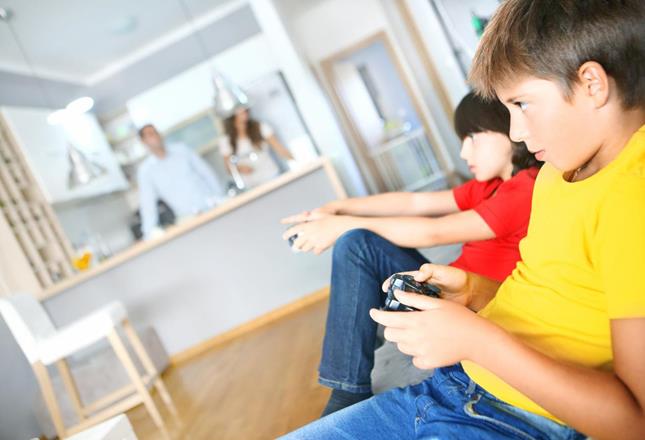
In 1977 the Alliance, then the CCPR, published a report Sport and Young People: The Need for Action Now which highlighted a number of concerns about why children and young people were dropping out of sport.
It set out some specific recommendations – for government, the sector, schools, parents and children and young people themselves – about what needed to be done to make sure that every child had the opportunity of a positive experience of sport and recreation.
As a child of the 70s and someone who loves (and has always loved) being active and playing sport I might have concluded that the recommendations in the report were delivered and resulted in the changes that were wanted and needed.
But despite my own positive experience it serves as a salutary reminder that many of the issues from that report, depressingly, feel very familiar today.
Most of our children are inactive and it’s killing them, in the long-term. 77% of boys are not meeting the national recommended level of activity. It’s even worse among girls, with 80% falling short of guidelines.
More positively however we do know that the vast majority of our children (93%) say they want to be active and we know that many of our members have fantastic programmes to engage them. The will is there, we just need to create the right environment and structures to help them get active.
These are some of the reasons we have launched our #RightToBeActive campaign. We want to live in a country where every child has the opportunity to be physically active and is active enough to be healthy and happy.?
We believe children have a fundamental right to be active but that the system and our society are failing to deliver this. We all need to take responsibility – this doesn’t just lie with government or schools, sports organisations or the media, or parents, carers and young people themselves.
Everyone must play their part in improving the opportunities for more children and young people to be engaged in physical activity.
In our view the #RightToBeActive is just as important as any other fundamental right and this should be the single, unifying purpose for a revitalised system. We have also identified a series of further actions that the Alliance, the sector and government must take to tackle this crisis.
We must prioritise a child-centred approach, with young people at the heart of our decision-making structures. For too long children have not been involved in trying to solve this issue. This needs to change, their voices must be heard. Adopting such an approach can also unlock swathes of new participants, helping ambitious organisations to grow.
Despite the challenges we face, there have been very successful interventions which we need to learn from. The next stage is identifying how to scale and fully integrate these into a wider systemic approach.
We also need to be better at evidencing and showcasing this work. I would therefore urge organisations with successful programmes which get inactive children active to get in touch and share their work.
Over the coming weeks we’ll be sharing more details about how we are looking for our members and organisations operating across the health, education and youth sectors to come together.
For now, I would like to leave you with two questions:
You can find out more about our research into the childhood inactivity crisis here.
This afternoon, the Chancellor delivered her Budget speech to Parliament, outlining decisions on tax and spending.
Read moreAhead of the Chancellor’s Budget statement on 26 November, we take a look a look at the key areas to be aware of and the work the Alliance has been doing lobbying on behalf of members.
Read moreGovernment has today formally launched a consultation on reforming the role of statutory consultees in the planning system. The consultation runs for eight weeks, closing on 13 January 2026.
Read moreJoining the Sport and Recreation Alliance is pretty simple, but worthwhile!
Register now